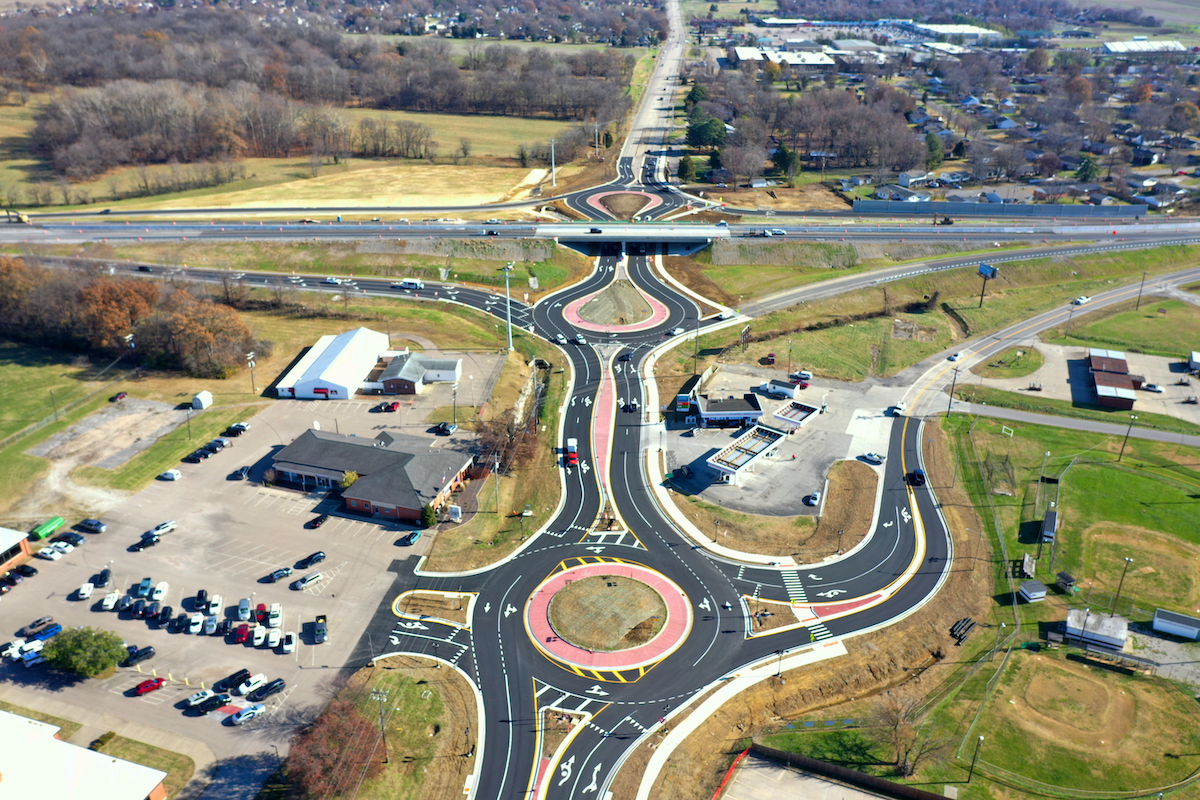Fisher was also responsible for developing the Lincoln Highway, the first cross-country road for automobiles and the inspiration for the interstate highway system. Hard on the heels of the Lincoln Highway success, Fisher began the Dixie Highway connecting Michigan to Florida. For more information about Fisher and his storied career, listen to the November 19, 2021, ICI Digs Deep Podcast, “Throwback to the Lincoln Highway.”
But even Fisher followed the path of his predecessors — lawmakers who commissioned the first state-funded road in Indiana in 1826, the Michigan Road connecting Lake Michigan to the Ohio River. Before his Lincoln Highway, there was the National Road, the first federally funded road in America. Started in 1811 in Maryland, it would take until 1828 for construction to begin in Indianapolis and head east to Richmond and west to Terre Haute.
Financial panic and competing priorities caused delays in completing these and other road projects, with first bicyclists and then farmers joining the fight for better Hoosier roads. Eventually, the federal Rural Free Delivery program (the precursor to our modern postal system), along with the widespread use of personal vehicles, made paved roads a necessity.
The Federal Aid Road Act of 1916 appropriated $75 million in federal funds for states to use on approved road projects, and it required states to create a state highway agency to develop them. It took until 1919 to create a functional Indiana State Highway Commission, which held its first letting on July 15, 1919.

| Your local Deere & Co dealer |
|---|
| West Side Tractor Sales Co |
In 1919, Indiana had only 4,100 centerline miles managed by the state. In the intervening years, both the Indiana State Highway Commission (now Indiana Department of Transportation or INDOT) and Indiana Highway Contractors, Inc. (now Indiana Constructors, Inc. or ICI) have worked together, through good times and bad, to develop 28,868 state centerline miles.
Today, Indiana stands as the Crossroads of America, with an intricate system of highways, roads, and bridges. Indiana’s civil contractors, their subcontractors, and suppliers are hard at work on major INDOT projects including Clear Path 465, I-69 ORX, Revive I-70, 80/94 FlexRoad, the Mid-States Corridor, and more. Each of these projects aims to improve safety and traffic flow.
From Carl Fisher’s racing dreams and highway system vision in the early 1900s to projects like the I-69 Finish Line project, Hoosier road builders continue to improve the way Indiana families connect to each other and the world.









































































